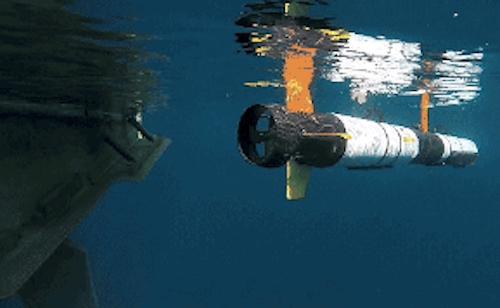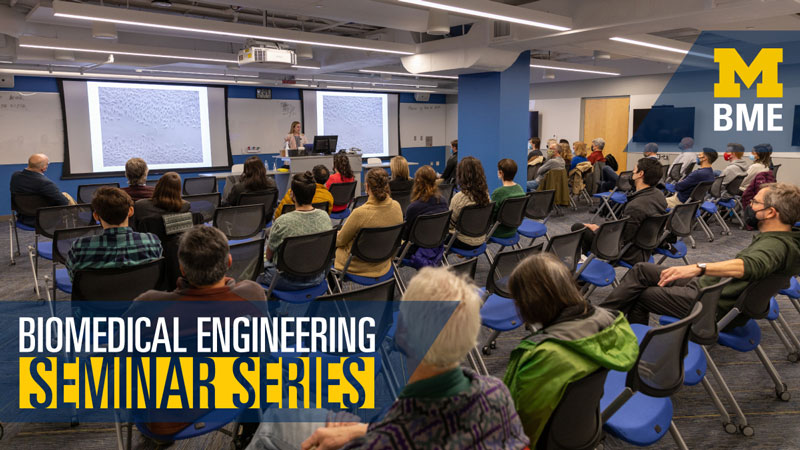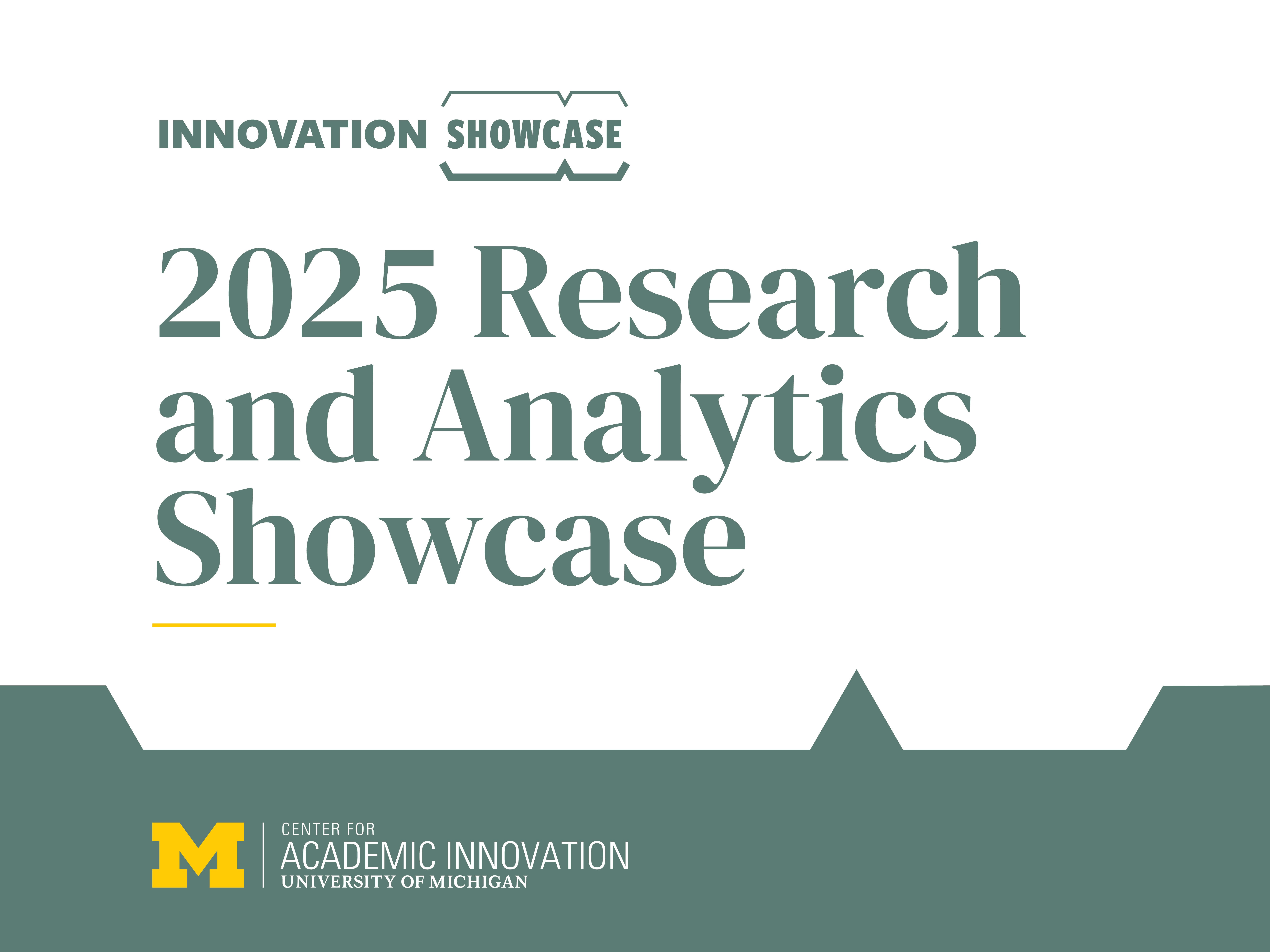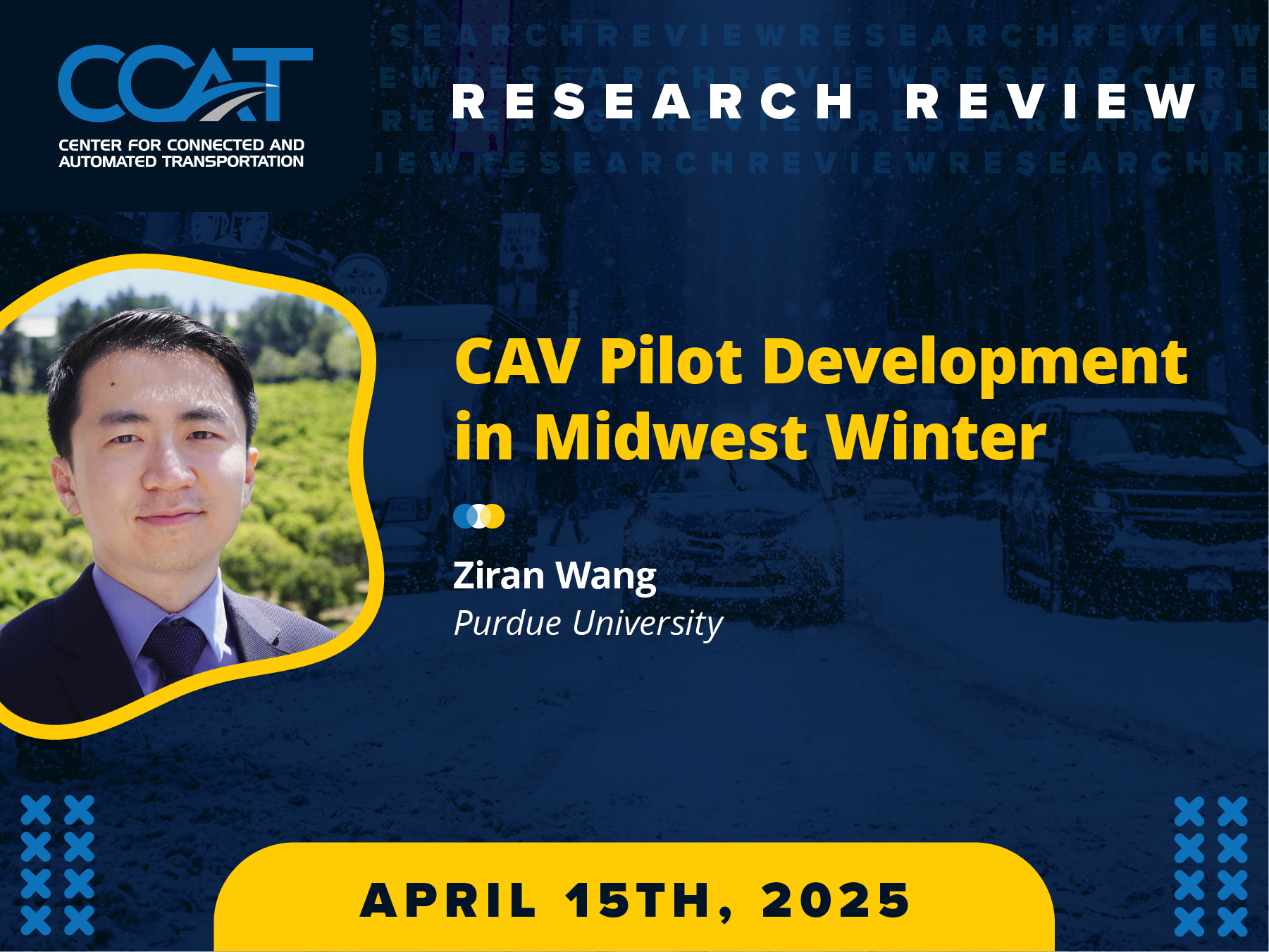Presented By: Frontiers in Scientific Machine Learning (FSML)
Frontiers in Scientific Machine Learning Seminar 12: Operator Networks Based on Numerical Analysis
Youngjoon Hong (Seoul National University)

11th April 2025, 12pm -1pm
Venue: 2636 GGBA and Zoom
Zoom Link: https://umich.zoom.us/j/97823527756?pwd=H01BbvtuG5q02Wzb8LJvhUnvijlAIe.1
Abstract: We propose a novel approach for solving parametric partial differential equations (PDEs) using an operator network. This method combines the strengths of deep learning with traditional numerical techniques, specifically the finite element or spectral element methods, to address parametric PDEs ranging from singularly perturbed convection-diffusion equations to the Navier-Stokes equations, all without requiring paired input-output training data. Through extensive experiments on various benchmark problems, our approach has demonstrated excellent performance across diverse settings, showcasing its versatility in terms of accuracy, generalization, and computational efficiency. The proposed framework holds significant potential for applications in fields where PDEs are critical for modeling complex domains with diverse boundary conditions and singular behavior. Additionally, we provide a rigorous theoretical convergence analysis, grounded in numerical analysis, to further support our approach.
Bio: As an Associate Professor at Seoul National University, Youngjoon Hong focuses his research on the mathematics of machine learning and its applications in scientific computing. He earned his Ph.D. in Mathematics with a minor in Scientific Computing from Indiana University under the guidance of Professor Roger Temam, where he developed a strong foundation in theoretical analysis and computational techniques. During his postdoctoral work at the University of Illinois at Chicago with Professors Jerry Bona and David Nicholls, he conducted research on electromagnetic and water waves, further honing his problem-solving skills. He later initiated independent studies on the use of neural networks in scientific research, leading to a focused research program at San Diego State University, where he began investigating neural network approximation within scientific machine learning. Currently, his work is dedicated to developing theoretical frameworks that enhance the reliability and applicability of neural networks in addressing complex scientific and engineering challenges.
Venue: 2636 GGBA and Zoom
Zoom Link: https://umich.zoom.us/j/97823527756?pwd=H01BbvtuG5q02Wzb8LJvhUnvijlAIe.1
Abstract: We propose a novel approach for solving parametric partial differential equations (PDEs) using an operator network. This method combines the strengths of deep learning with traditional numerical techniques, specifically the finite element or spectral element methods, to address parametric PDEs ranging from singularly perturbed convection-diffusion equations to the Navier-Stokes equations, all without requiring paired input-output training data. Through extensive experiments on various benchmark problems, our approach has demonstrated excellent performance across diverse settings, showcasing its versatility in terms of accuracy, generalization, and computational efficiency. The proposed framework holds significant potential for applications in fields where PDEs are critical for modeling complex domains with diverse boundary conditions and singular behavior. Additionally, we provide a rigorous theoretical convergence analysis, grounded in numerical analysis, to further support our approach.
Bio: As an Associate Professor at Seoul National University, Youngjoon Hong focuses his research on the mathematics of machine learning and its applications in scientific computing. He earned his Ph.D. in Mathematics with a minor in Scientific Computing from Indiana University under the guidance of Professor Roger Temam, where he developed a strong foundation in theoretical analysis and computational techniques. During his postdoctoral work at the University of Illinois at Chicago with Professors Jerry Bona and David Nicholls, he conducted research on electromagnetic and water waves, further honing his problem-solving skills. He later initiated independent studies on the use of neural networks in scientific research, leading to a focused research program at San Diego State University, where he began investigating neural network approximation within scientific machine learning. Currently, his work is dedicated to developing theoretical frameworks that enhance the reliability and applicability of neural networks in addressing complex scientific and engineering challenges.



